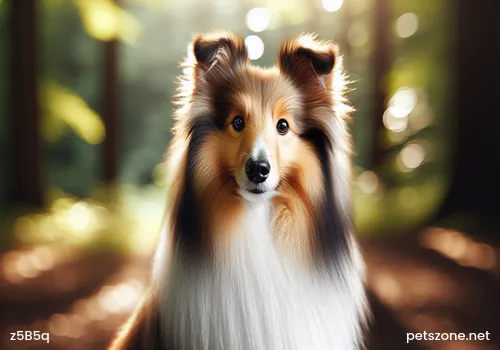Former Soviet Union National Treasure — Caucasian Dog

Caucasian Dog
When it comes to the most ferocious dogs, many Chinese people would first think of the Tibetan Mastiff. However, in the fighting nation of Russia, there is a breed with a gigantic body and combat ability comparable to the Tibetan Mastiff, even competing for the title of "King of Dogs" with it. During the former Soviet period, they were considered national treasure-level species and were even "restricted from leaving the country." This is today’s protagonist—the Caucasian Dog.
1. Introduction
The Caucasian Dog is a powerful sporting dog and one of the largest fierce dog breeds in the world, with extremely strong guarding ability. It has a unique head and expression, a burly and strong body, a wedge-shaped head, and deeply set eyes that combine to give it a bear-like appearance. The Caucasian Dog is a brave, intelligent, and determined guardian dog. It is gentle and obedient to its owner. Compared to most herding dogs, the Caucasian is more aloof and requires less exercise. Therefore, the Caucasian Dog is more active at night. They like to lie down, appearing to doze on the spot, but they will immediately become alert at the slightest disturbance. Most Caucasian Dogs move with surprising speed. However, this dog matures relatively slowly and has a stubborn temperament.
2. History
Ancient nomadic tribes stayed in remote areas of the Caucasus and brought this breed with them. Through natural selection in the external environment, this working dog evolved into the modern Caucasian Dog, which is rare and precious today. The name of the Caucasian Dog comes not only from its place of origin but also from the purpose for which the dog existed. The Caucasus refers to the region including Georgia, Armenia, Azerbaijan, Dagestan, Iran, and Turkey. Ovtcharka is a Russian word meaning shepherd dog. Unlike ordinary herding dogs, the Caucasian is essentially a livestock guardian dog. The breed was developed to stay closely with herds and effectively defend against predators—whether wolves, bears, or thieves.
In the 1960s, the first Caucasian Dog appeared at a working dog show in Leningrad. The original Caucasian Dogs had extremely excellent qualities, and many breeders dedicated themselves to protecting them. Additionally, Russia suffered tremendous hardships during World War I and II in the early 20th century. During those difficult years, lack of food and constant danger made it impossible for people to care well for their dogs, resulting in harsh natural selection breeding of the Caucasian Dogs.
Before the Cold War ended, the Caucasian Dog was unknown to Western dog communities. Because they lived deep in the mountains and were rarely noticed by the outside world, records about them are scarce. In the former Soviet Union, they were treated as national treasure-level species and were even "restricted from leaving the country." In 1969, the Caucasian Dog came to former East Germany and was entrusted with the important task of guarding the Berlin Wall as a border patrol dog. Many Caucasian Dogs were sent to ordinary German families. In Germany’s refined breeding practices, the future of this cautious and independent dog was secured. With its increasing popularity, breeders paid more attention to selecting for gentle temperaments.


